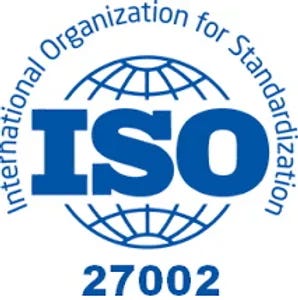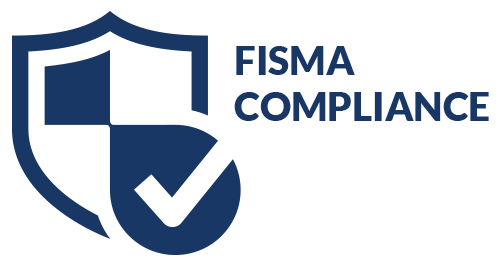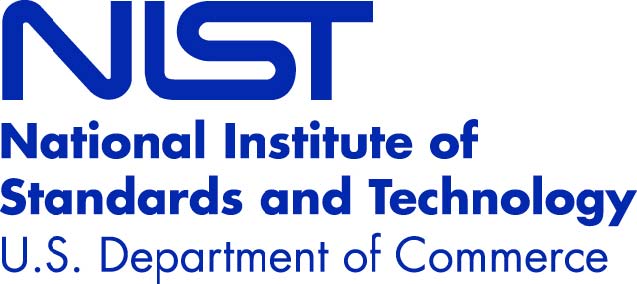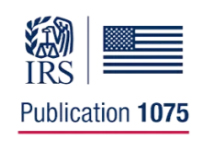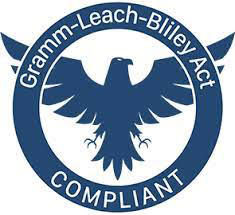Under value-based reimbursement, patient satisfaction scores impact account receivables.
In 2018, keeping a patient happy with the service your healthcare organization provides matters more than ever before. That’s not just because healthcare has grown to become a service-driven commodity just like any other business. Today, the move to value-based care means that reimbursement will be increasingly tied to the quality scores our hospitals and medical practices achieve.
How did we get here and how does patient satisfaction impact our accounts receivables?
Patient Experience and Accounts Receivables
A decade ago, hospitals barely had marketing teams, let alone market share. In the old days, the “if you build it, they will come” strategy was tied more to expansive growth, not the idea of value and cost-cutting.
Now hospitals have joined the rest of the business community in worrying about lowered costs and higher outcomes as a way to attract more customers. Ten years ago even the idea of our patients as customers was an anomaly. The idea that patients would shop around for the best price or the best patient reviews of physicians was science fiction. That’s all changed.
Price transparency, declining reimbursement, and high deductible insurance are just some of the factors impacting account receivables.
We can thank the internet, in part, for changing how our patients select healthcare. Social media can make or break the perception of a hospital in the marketplace. Doctors have increasing service scrutiny in the form of online patient satisfaction ratings.
But it’s more than just the internet. High deductible health insurance plans and declining reimbursement have all impacted accounts receivables for hospitals. Today, Medicare reimbursements are tied to the patient satisfaction scores found on the Hospital Consumer Assessment of Healthcare Providers and Systems survey (H-Caps).
But things are about to get even more transparent. The Centers for Medicare & Medicaid Services (CMS) is getting ready to require hospitals to post their prices online, which has never happened in the history of the profession. While consumers are allowed to request pricing from a hospital, it’s safe to say that few patients even know they have the right to ask. A CMS spokesperson suggested, “Providers should be competing for patients by offering them greater value at more affordable costs.”
Increasing competition and price scrutiny along with measurements of the success of patient care are already profoundly affecting account receivables at hospitals and medical practices around our nation. These are all part of patient satisfaction metrics that impact how hospitals get paid under new value-based care models. As the transition from fee-for-service care to value-based care increases, it will put more pressure to reduce days in A/R. What is the best method for clinical administrators to improve accounts receivables under these new models?
Keeping the Customer Satisfied to Improve Accounts Receivables
The Medical Group Management Association (MGMA) recently reported on the metrics for top performing medical practices in our nation. The report suggested that patient financial responsibility is increasing and that “ensuring clinical and financial processes within the organization meet patient demands will boost patient collections, patient satisfaction, and ultimately patient retention.”
For the top-performing healthcare organization of the future, it’s clear that the increasing importance of patient satisfaction will continue to impact accounts receivables.
TSI understands the need for patient satisfaction, even during the collections process. Click here to learn how partnering with TSI can help your revenue cycle.

